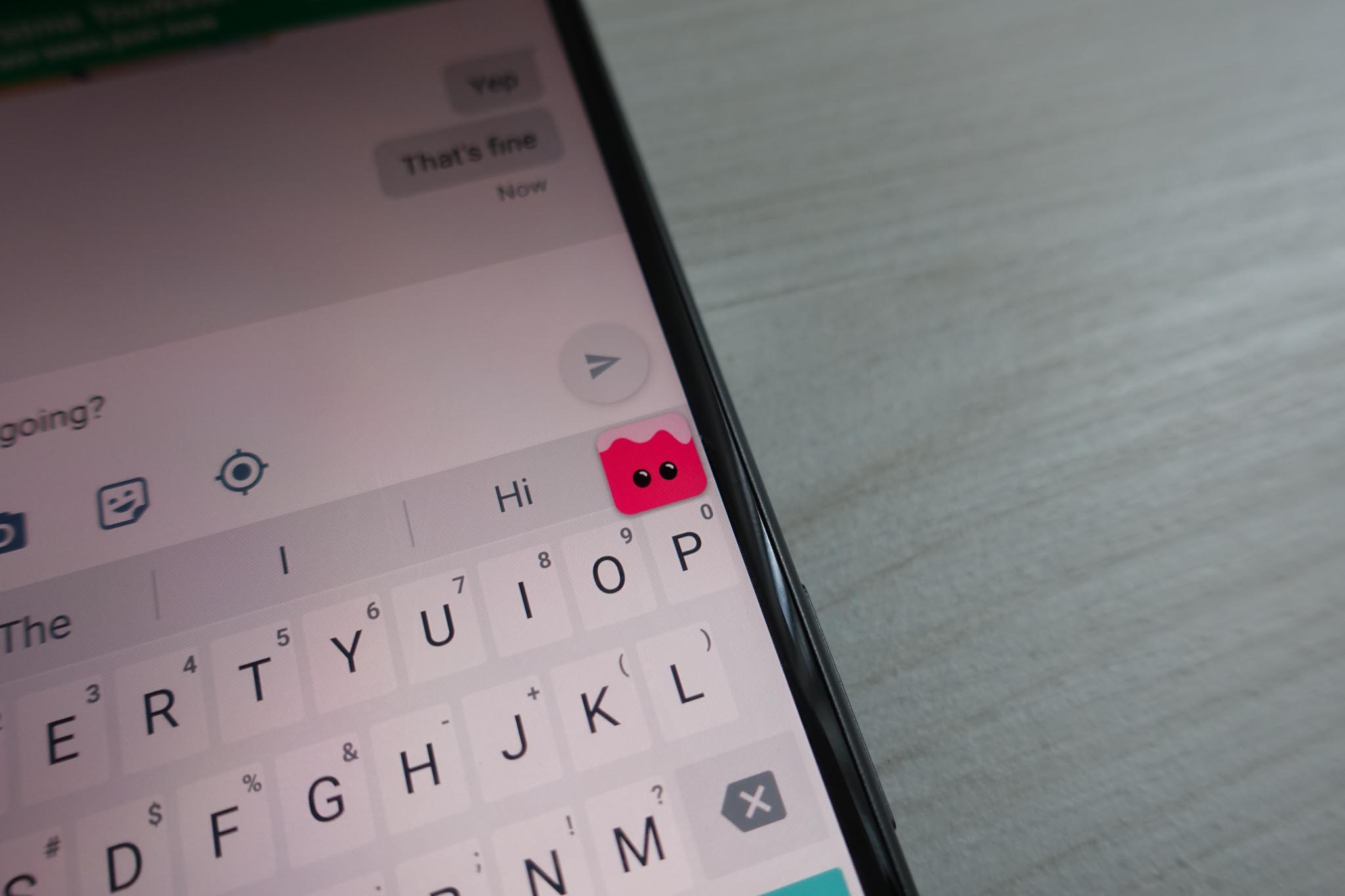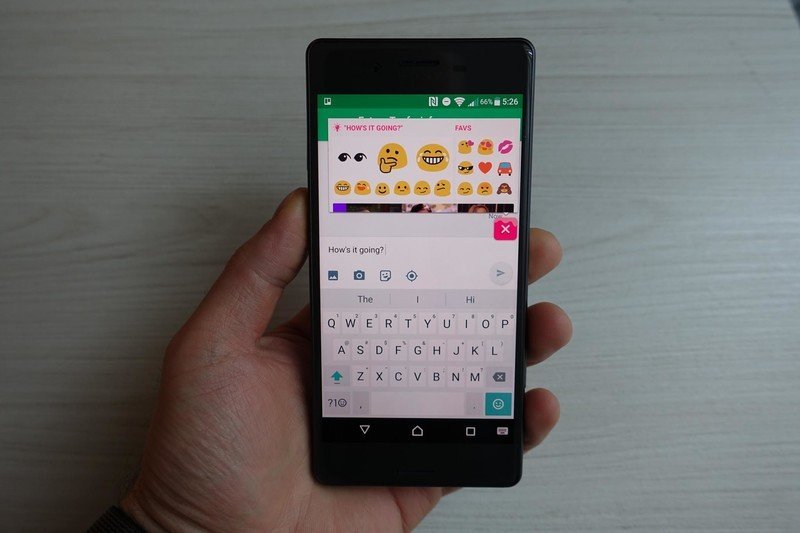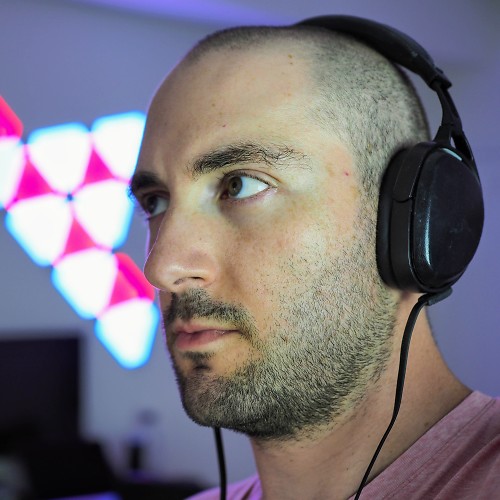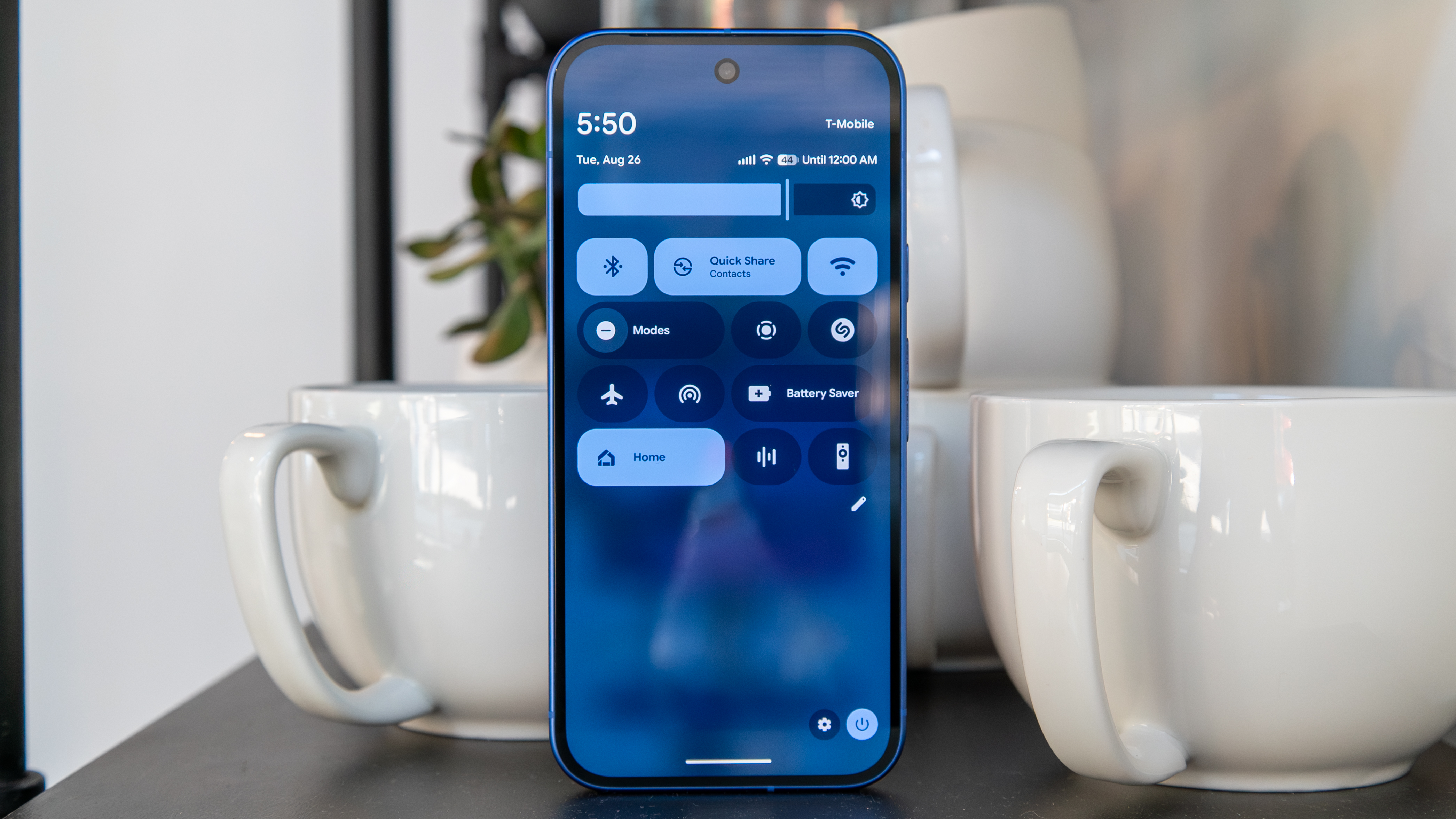This new app uses neural networks to choose the perfect emoji

A new app from Toronto-based Whirlscape taps into neural networks to choose the best emoji while you're typing. That may not sound like an impressive feat, but a long more goes into predicting which emoji you'll use than you think.
The app is called Dango, and it's a sequel of sorts to an app that many Android users may be familiar with: Minuum. If you cast your mind back a couple of years, you may recall that Minuum made a name for itself as one of the smartest keyboard apps on the Play Store — even when shrunk down to a single line, or what creator Will Walmsley calls a "one-dimensional plane." While the keyboard failed to gain enormous market share, it showcased a predictive text algorithm that derived sense from a jumble of letters.
Dango is quite different: it is a floating app that sits atop any keyboard input, suggesting emoji, stickers and GIFs based on what you're writing. According to Walmsley, Dango doesn't just base its suggestions on the words you string together, but attempts to find context and meaning. The key is a neural net that gets smarter the more people use it.
A neural network is taught by randomly initializing these parameters and then showing the network millions of real-world examples of emoji use taken from across the web, like "Hey how's it going (hand emoji)", "Want to grab a (beer emoji) tonight?", "Ugh (angry face emoji)", and so on. At first the network just guesses randomly, but over time with each new training example, it slightly adjusts its millions of parameters so it performs better on that example. After a few days on a top-of-the-line GPU, the network starts outputting more meaningful suggestions.

Dango appears in any app where you are inputting text, unless you explicitly tell it not to. And because, like Facebook's Chat Heads feature, it disappears once its use is expired, system resources are spared and users don't have to contend with opening a separate app. That is why Dango is so much more useful than merely using the existing emoji selector on your keyboard — even those, like SwiftKey, that predict emoji while you write.
Walmsley predicts that apps like Dango represent the future of language, since the proliferation of smartphones have made language much less reliant on text.
Language is becoming visual. Emoji, stickers, and GIFs are exploding in popularity, despite the fact that it's still labour-intensive to use them in an advanced way. Enthusiasts create personal collections of images for every situation and have memorized every page of the emoji keyboard, but the rest of us rely on using emoji immediately accessible on our "most used" menu and sometimes forward a GIF here and there.
The same way Dango predicts emoji it also suggests GIFs, powered by Giphy, or stickers, from packs that the company is constantly adding to.
Get the latest news from Android Central, your trusted companion in the world of Android

Daniel Bader was a former Android Central Editor-in-Chief and Executive Editor for iMore and Windows Central.
